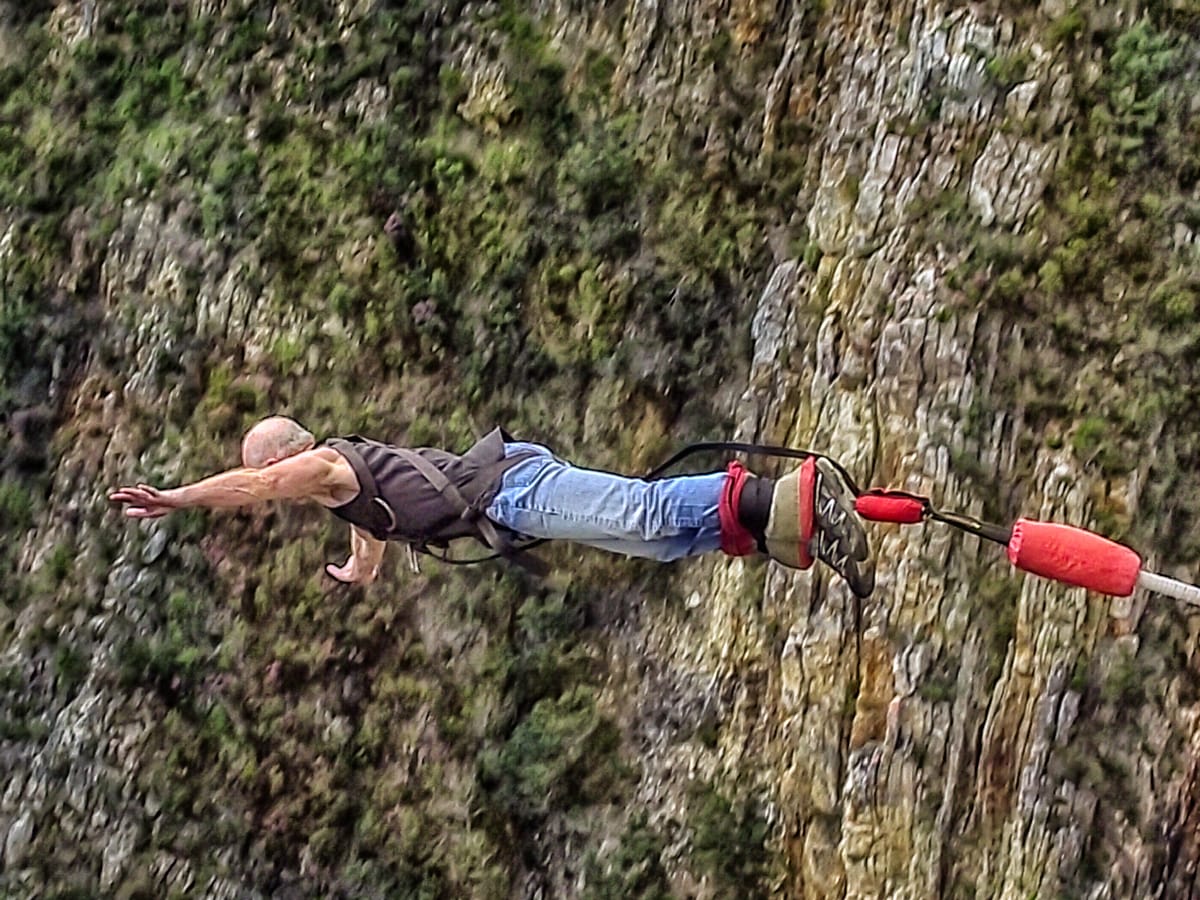Inner Work and the Four Qualities
Working with the four qualities (humility, gratitude, compassion, and harmony) is the first step in the journey to our expanded consciousness. These four qualities are also known as humility and the three constructs, because humility serves as the foundation for engaging the other three qualities (the constructs) throughout our continuum of observations. Our interactions are also observations in the context of inner work.










